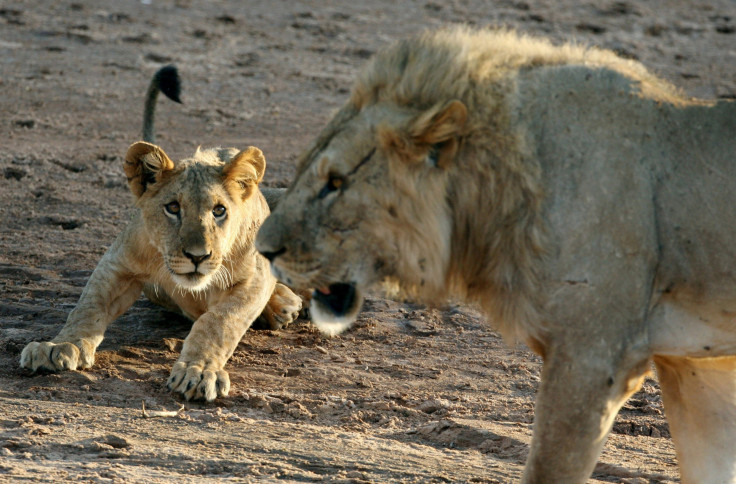As Numbers Of Large Carnivores Declines, Scientists Urge Effective Conservation Methods

Populations of large carnivores such as lions, wolves and bears are declining in ecosystems around the planet, changing the face of landscapes from the tropics to the Arctic while also putting humans at risk, according to a new study published Friday in the journal Science.
The researchers analyzed 31 carnivore species to show how different factors such as habitat loss, persecution by humans and loss of prey can cause a decline in carnivore numbers in global hotspots. According to the researchers, more than 75 percent of the 31 carnivore species studied are in decline while 17 species now occupy less than half of their former ranges.
“Globally, we are losing our large carnivores. Many of them are endangered,” William Ripple of Oregon State University and the study’s lead author said, in a statement. “Their ranges are collapsing. Many of these animals are at risk of extinction, either locally or globally. And, ironically, they are vanishing just as we are learning about their important ecological effects.”
The researchers said that Southeast Asia, southern and east Africa, and the Amazon are among the regions where the numbers of many large carnivore species are declining. According to them, with some exceptions, large carnivores have already been exterminated from much of the developed world, including Western Europe and the eastern U.S.
Ripple and his team of researchers reviewed published scientific reports and singled out seven species -- African lions, leopards, Eurasian lynx, cougars, gray wolves, sea otters and dingoes -- that have been studied for their widespread ecological impact.
The researchers documented the impact of cougars and wolves on the regeneration of forest stands and riparian vegetation in Yellowstone and other national parks in North America. They found that fewer predators lead to an increase in browsing animals such as deer and elk that can disrupt vegetation; affect the life cycles of birds and small mammals; and alter the general ecosystem.
The researchers found similar results in the study of Eurasian lynx, dingoes, lions and sea otters. While lynx have been closely tied to the abundance of roe deer, red fox and hare, the decrease of lions and leopards in some parts of Africa has coincided with an increase in olive baboons, which threaten farm crops and livestock. A decline in sea otters through killer whale predation in the waters off southeast Alaska has led to a rise in sea urchins and the loss of kelp beds.
According to the researchers, large carnivores are necessary for maintaining biodiversity and a balanced ecosystem because human actions cannot replace the role of large carnivores. The classic concept that predators are harmful and deplete fish and wildlife is outdated, the researchers say, and the coexistence of humans and carnivores is increasingly necessary to avoid a downward spiral in the numbers of the world’s largest carnivores.
“Human tolerance of these species is a major issue for conservation,” Ripple said. “We say these animals have an intrinsic right to exist, but they are also providing economic and ecological services that people value.”
© Copyright IBTimes 2024. All rights reserved.





















